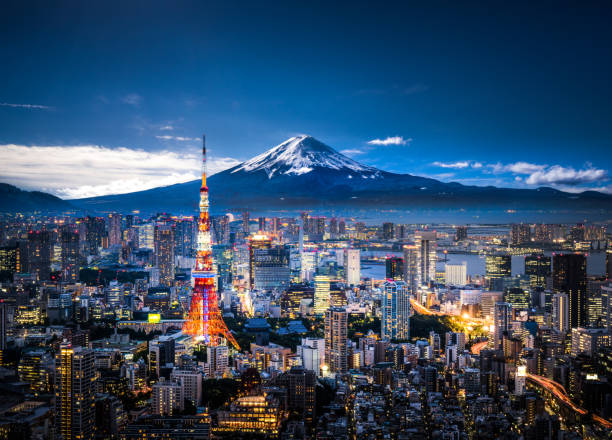
Core consumer inflation in Tokyo eased in August but remained above the Bank of Japan’s 2% target, data showed Friday, sustaining market expectations for a potential resumption of interest rate hikes.
Meanwhile, factory output slipped in July, and retail sales rose far less than anticipated, highlighting the fragility of Japan’s economic recovery as pressure from U.S. tariffs mounted.
Analysts say lingering inflationary pressures, coupled with mounting growth risks, underscore the challenge facing the Bank of Japan (BOJ) in deciding when to move on its next rate hike.
“Core consumer inflation is likely to slow as a trend as the yen’s rise and moderating increases in import costs weigh on prices,” said Masato Koike, senior economist at Sompo Institute Plus.
He noted that while lowered under Japan’s trade deal with Washington, U.S. tariff rates remain high compared with last year’s levels and thus will keep hurting output for a while.
Utility subsidies slow Tokyo inflation, but core prices stay elevated
Tokyo’s core consumer price index (CPI) increased by 2.5% in August YoY. This figure excludes volatile fresh food but includes fuel costs, government data showed, matching a median market forecast. The CPI was sluggish after a 2.9% rise in July, mostly due to government fuel subsidies that reduced utility bills.
An index excluding both volatile fresh food and energy costs—closely monitored by the BOJ as a key measure of underlying inflation—climbed 3.0% in August from a year earlier, following a 3.1% increase in July.
Food inflation, excluding fresh produce such as vegetables, held at 7.4% in August, unchanged from the previous month, underscoring persistent pressure from higher prices of staples like rice, coffee beans, and other groceries.
Overall, goods prices climbed 3.2% year-on-year, while service costs rose 2.0%, reflecting continued pass-through of rising labor expenses, government data showed.
Factory output drops as U.S. tariffs weigh on Japan’s recovery
The Bank of Japan (BOJ) ended its decade-long ultra-loose stimulus last year. It lifted short-term interest rates to 0.5% in January, signaling confidence that the economy was nearing a durable achievement of its 2% inflation target.
Still, while inflation has remained above 2% for more than three years, BOJ Governor Kazuo Ueda has emphasized a cautious approach to further tightening, warning of downside risks to growth from the impact of U.S. tariffs.
Highlighting these concerns, government data on Friday showed Japan’s factory output fell 1.6% in July from the previous month, a sharper decline than the market’s median forecast for a 1.0% drop, driven by weakness in the automobile and machinery sectors.
The manufacturers that the government surveyed expect production to increase by 2.8% in August and fall by 0.3% in September, the data showed.
Other data brought more bad news, with retail sales barely gaining 0.3% in July, much lower than market forecasts for a 1.8% rise, indicating that the increasing cost of living was undermining consumption.
With a tightening labor market, pressure on wages is increasing. Government data showed on Friday that the jobless rate eased to 2.3% from 2.5% in June, the lowest level since December 2019. Some 65% of economists questioned by Reuters in August forecast the BOJ will lift its key rate by another 25 basis points or more later this year compared with just over half a month ago.
* The content presented above, whether from a third party or not, is considered as general advice only. This article should not be construed as containing investment advice, investment recommendations, an offer of or solicitation for any transactions in financial instruments.


